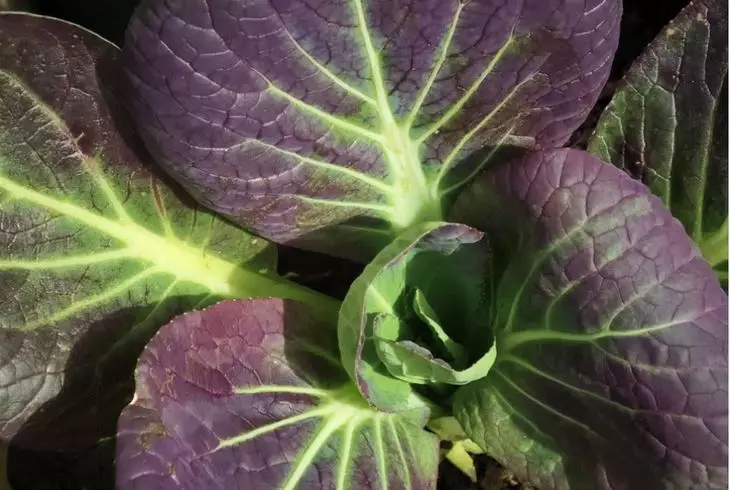
This article is especially useful for fans of pharmaceutical gardens and those who love the "lazy crop production", in other words, includes in their diet and weeds-Dorikos. But let's start with the cultural inhabitants of the garden.
By side
Side, the cold-resistant representative of the cabbage family will present you crispy stems, which contain about 105 mg of calcium per 100 g of portion. Translated from the Chinese name means "white vegetable", but white will only be central stems. The outer leaves have beautiful shades of light violet or green, effectively flexing back.
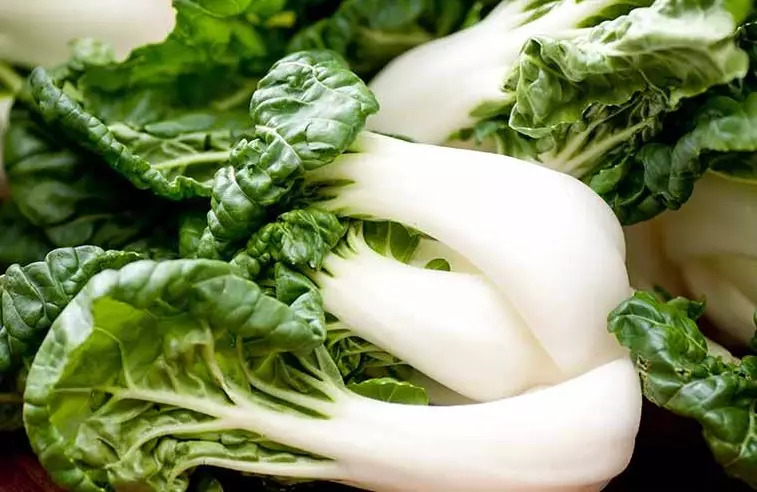
Sota side in the spring and again at the end of summer for autumn harvest, frost only sweetes the taste. The most common landing scheme is in double rows at a distance of 25 cm between rows. When sowing seeds, place 5 cm at a distance, and then ride up to 20 cm. There are also mini-varieties that have enough space and 8 cm.
Side Choi perfectly gets along with dill, nasturtium and a different leaf greenery. Gives a high dense magnifier kochan with pale, thin and gentle leaves. The leaves grow straight up and gentle than that of the cooked cabbage.
Sweet, juicy middle you can eat both in the raw form, and cook for a couple, stew, fry and add to soups.
Silver beetSheet organic greens - an integral ingredient of healthy nutrition. Therefore, the Swiss mangold (or as else is called this plant "silver beet") is simply obliged to appear in your garden. It contains about 52 mg calcium per 100 g.
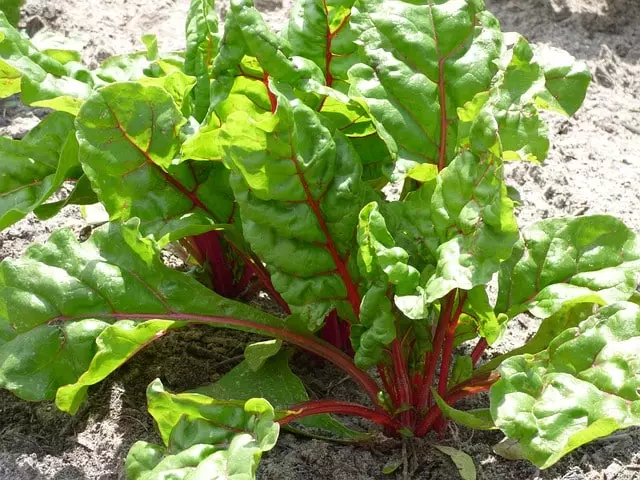
Mangold is often grown in a cool climate as a substitute for spinach due to its weather vapor sustainability. It can withstand both low temperatures and heat, therefore, can give a crop from early spring up to frosts.
Culture loves fertile, well-drained soil on an open sun or in a light shadow. In the zones of the cool climate, sow from early spring until the middle of the summer on the autumn harvest, close to a depth of 1.5 cm rows located at a distance of 50 cm from each other. During thinning, the interval of 30 cm is observed.
Collect external leaves as needed when they are about 15 cm long. Cut the leaves about 2.5 cm from the ground. Cutting constantly so that the plants remain productive.
Before the first strong frost in the fall, dig plants with roots in a small earthen coma and move to the coolest and wet place in the house, so you will get a crop almost all winter.
Use greens in food like cooked, and raw, and stalky prepare separately as asparagus.
ParsleyUnpretentious Parsley occupies his honorable place among calcium source plants: almost 140 mg of calcium for every 100 g of portions.
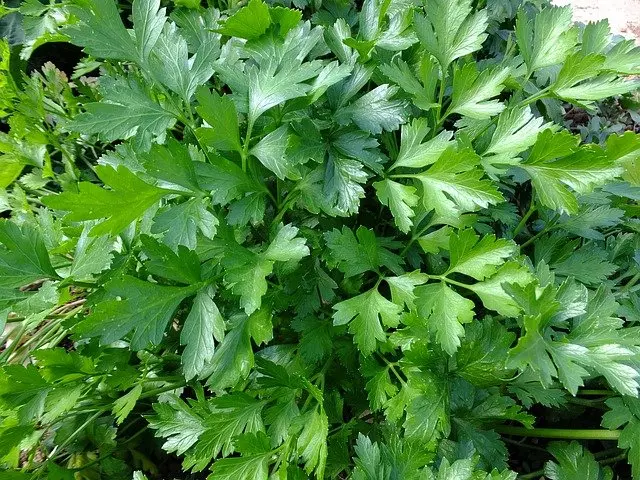
Culture is easy to grow under the trees and shrubs (it is not afraid of half), in containers and even in flower beds with roses. In any case, due to culinary and therapeutic properties, this is a great addition to your grasses collection in the pharmaceutical garden.
Since Parsley germinates slowly, which often takes up to four weeks, it is recommended that seed soaking for 24 hours in warm water (with aloe juice if possible).
Seit seeds parsley directly into well-prepared ground with rows of 1 cm deep and 30 cm from each other. Pour and cover the film to speed up the germination. Then remove the coating and, when the seedlings become quite large, go away at a distance of 15 cm from each other.
Seit seeds with intervals a few weeks so that you have a permanent reserve of fresh greenery.
Parsushka needs a lot of water, especially in dry weather, a periodic feeding of nitrogen touches from grass, as well as the removal of yellowed leaves. Allow a few plants to bloom for self-seams and climb the garden for the winter.
For the pharmaceutical garden, put two varieties.
Curly parsley (P. Crispum) is used mainly for drying or freezing. It is very decorative and suitable for the flower garden.
For cooking, you need a flat or Italian parsley (P. Crispum Neapolitanum). She has a deeper taste easier to handle on a cutting board.
Neprug djobivaAnd now information for the lazy. Do not throw away the first greens of nettle. In 100 g of nettle nets contained 481 mg of calcium - these are record indicators! Do you understand what kind of valuable product so many years left without attention?

Dress in a durable costume, find thick gloves and, armed with a secateur, make stocks of spring nettle. Gather longer! After all, nettle can be added to soup, tea and even bake a nettle cake.
If earlier the nettle was dried, now in the fashion processing on the puree. To prepare a wandom straw puree, remove all the leaves and negotiate them for a couple of minutes. Strain and immediately immerse in the ice bath to cool. Grind the cooked leaves into a homogeneous paste in a blender - you may need to add 1 tbsp. Water for homogeneous consistency. Such a puree can be closed in banks for further use.
Interestingly, in some studies, doctors note that iron and microbalches contained in nettles are easier to assimilate the female organism than men.
DandelionsThese calcium suppliers grow literally through everywhere: contain 187 mg per 100 g of portion. Of course, we will not collect dandelions along the roads or where the risk of chemical pollutants is great.
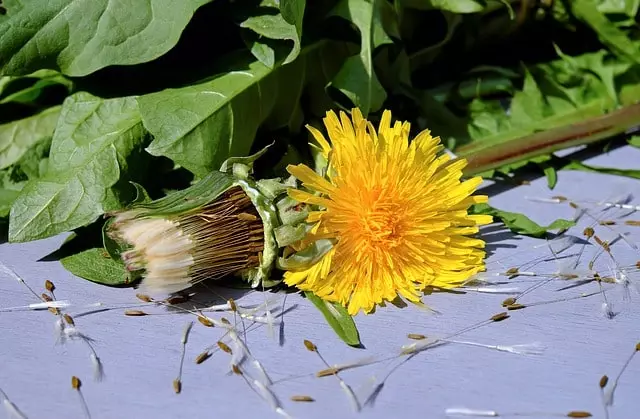
If you are lucky, then we will find the seeds of cultural varieties that are cultivated purposefully: Arlington dandelion or French dandelion Montmagne, who has already become a classic.
Vegetable dandelion brought a farmer from Montmali Joseph Shaten, hence the name, in 1857. At that time, dandelions were supplied to the Paris market as fresh greens. Shaten improved ordinary dandelions by creating plants with a more developed white core and large, juicy leaves. Montmagne dandelion is known for the fact that it is easy to clean, and it is suitable for launching (cultivation in closed rooms). In principle, the French traditions of dandelions are assumed to cultivate on indoor beds to eliminate light contact and make taste softer.
Here are three ways to reduce bitterness even from ordinary dandelions. 1. Grow it in the shade that leaf bleach. 2. Find the clearing with dandelions and cover the best plants with cardboard a few days before harvesting. 3. Collect young leaves always. The older the dandelion - the higher the bitterness.
The dandelion greens contains vitamin C, potassium, calcium, iron, magnesium, phosphorus, thiamine, riboflavin, beta carotene and fiber. In fact, they are more nutritious than most fruits and vegetables that lie on the counter in the supermarket. Useful for digestion, improve the condition of the liver, kidneys, contribute to blood formation and weight loss. This is an almost perfect super product!
